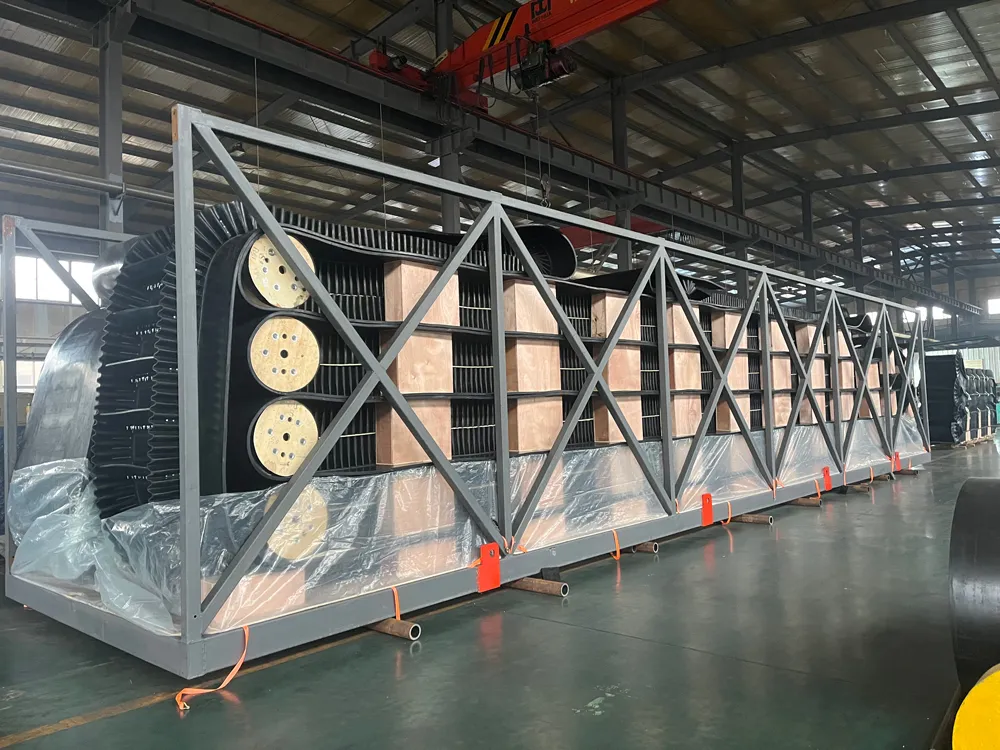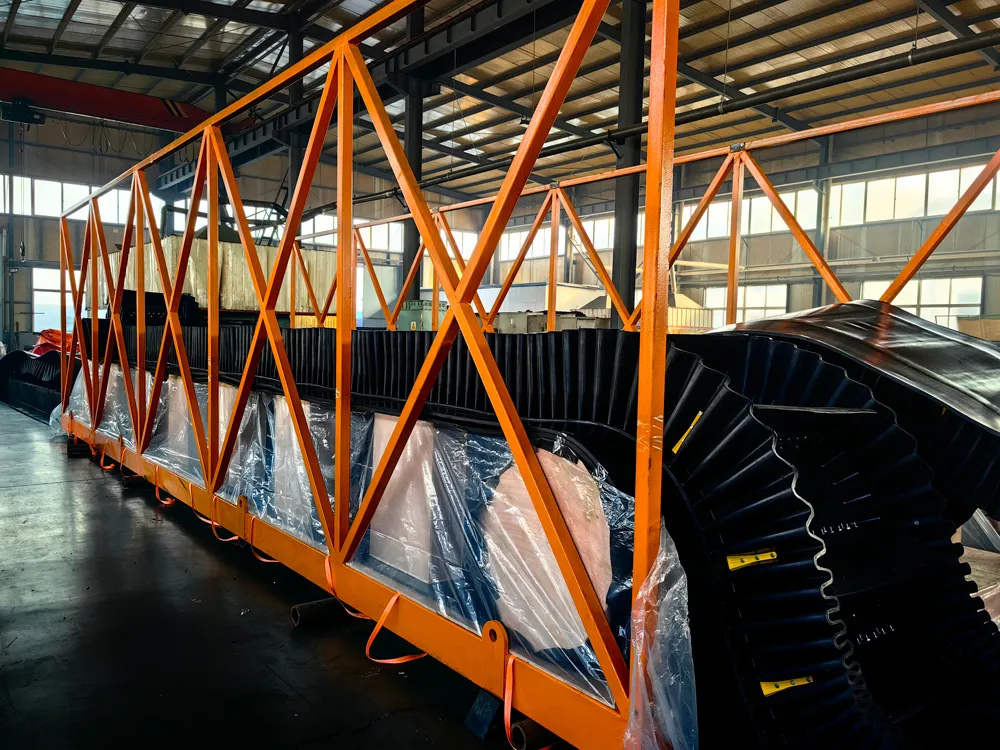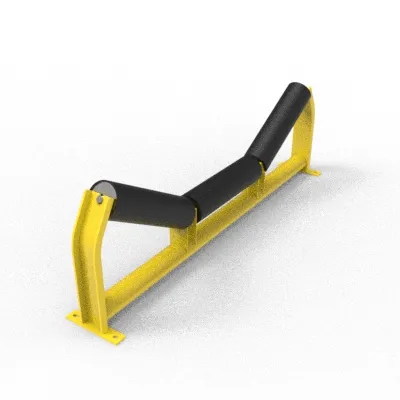Sidewall Rubber Conveyor Belt - Ideal for Steep - Angle and Secure Material Conveying
Short Description:
Learn about the sidewall rubber conveyor belt, its unique design features like sidewalls and cleats, performance advantages such as steep - angle conveying and high durability, and its wide range of applications in various industries.
Content Details
- Design Features
- Sidewalls: The most prominent feature of the sidewall rubber conveyor belt is the raised sidewalls along the edges. These sidewalls are made of high - quality rubber, which is resistant to abrasion, tearing, and chemical corrosion. The height of the sidewalls can vary depending on the application, typically ranging from a few centimeters to several tens of centimeters. They act as barriers to contain the materials being conveyed, preventing them from falling off the sides of the belt.
- Cleats: Attached to the surface of the belt between the sidewalls are cleats. Cleats can be of different shapes, such as trapezoidal, rectangular, or triangular. They are designed to further enhance the belt's ability to carry materials, especially when conveying at steep angles. The cleats prevent the materials from sliding backward and help in lifting the materials vertically. The spacing and height of the cleats are carefully designed based on the type and size of the materials to be conveyed.
- Belt Carcass: The inner structure of the belt, known as the carcass, provides the necessary strength and flexibility. It is usually made of multiple layers of fabric (such as nylon, polyester) or steel cords. Fabric - based carcasses offer good flexibility and are suitable for applications with smaller loads, while steel cord carcasses are more robust and can handle heavier loads and longer conveyor lengths.
- Performance Advantages
- Steep - Angle Conveying: The sidewall and cleat design enable the belt to convey materials at angles much steeper than traditional flat conveyor belts. This allows for more efficient use of space in industrial plants, as materials can be transported vertically or at high inclinations without the need for complex and space - consuming conveyor setups.
- Material Retention: The combination of sidewalls and cleats ensures excellent material retention. Whether the materials are fine - grained like sand or large - sized like rocks, they are securely held on the belt during transportation, reducing spillage and material loss. This is particularly important in industries where materials are valuable or where spillage can cause environmental and safety issues.
- High - Throughput: These belts can achieve high throughput rates. The large cross - sectional area available for material transportation due to the sidewalls and the efficient conveying mechanism allow for the rapid movement of large volumes of materials. This increases the productivity of the overall conveying system.
- Durability: The use of high - quality rubber for the sidewalls and cleats, along with a strong carcass, makes the sidewall rubber conveyor belt highly durable. It can withstand continuous operation, abrasion from the conveyed materials, and harsh environmental conditions, resulting in a long service life and low maintenance costs.
- Applications
- Mining Industry: In mines, it is used to transport ores from underground or open - pit mines to processing plants. The steep - angle conveying ability helps in efficiently moving large quantities of ore over vertical or inclined distances.
- Construction Industry: For transporting construction materials such as gravel, sand, and cement. The sidewalls prevent spillage during transportation, especially on construction sites where space is often limited.
- Agriculture: To convey grains, seeds, and other agricultural products. The belt can handle different types of agricultural materials and can be used in storage facilities or during the loading and unloading processes.
Power Plants: In power plants, it is used to transport coal from storage areas to boilers. The high - throughput and material - retention features ensure a continuous and reliable supply of coal for power generation.





